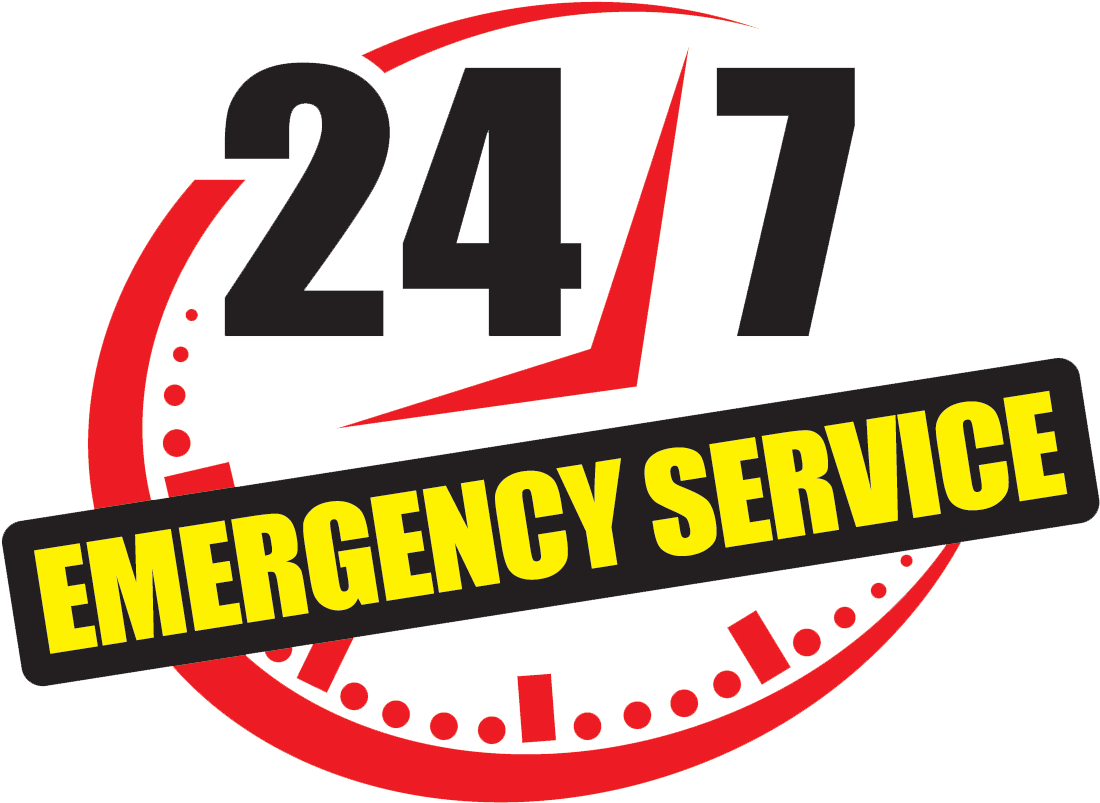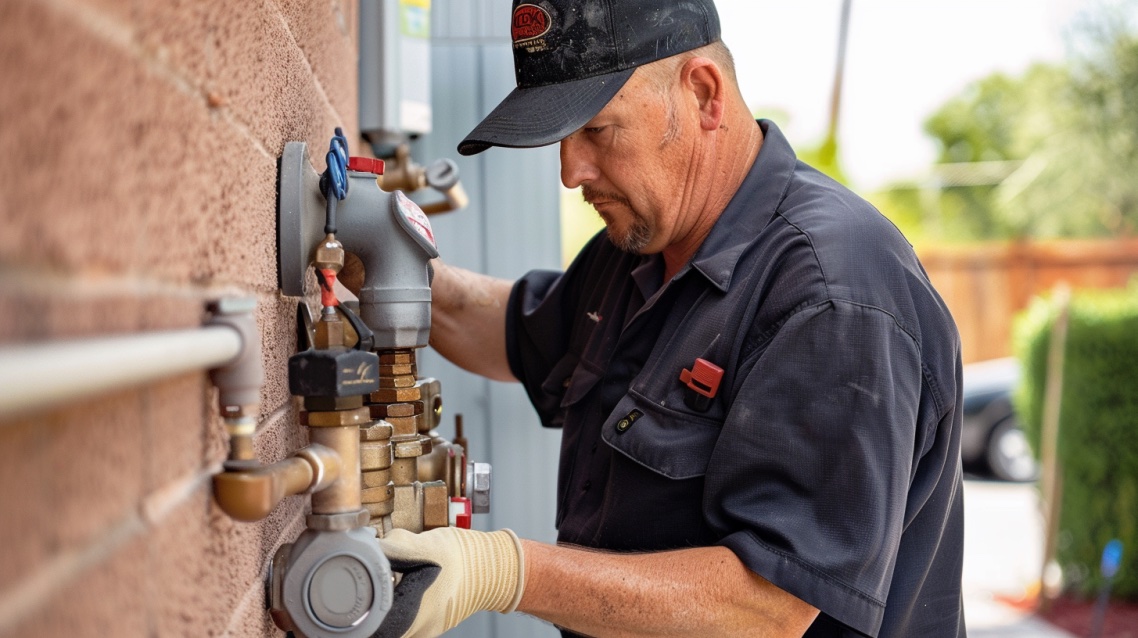So. . . what is the difference between a Backwater Valve and a Backflow Preventer?
There is some confusion about which is which and what each device does. Reading through a few plumbing sites you will see conflicting information about these 2 devices and what they do and how they’re named.
Part of the reason for this confusion is that a Backwater Valve is also known as a Sewer Backup prevention Valve or a Backflow Prevention Valve, the latter is easy to confuse with Backflow Preventer. For clarity here, we will only refer to these two devices as Backwater Valve and Backflow Preventer
What do they do?
A Backwater Valve prevents sewage from backing up into your home.
A Backflow Preventer stops contaminants from leaching into the drinking water supply from Commercial and Industrial Businesses
Backwater valves are installed on the home’s main sewer line where it exits to the city mains. They are designed to allow sewage to leave the building but prevent sewage from backing back up into the home with a flow detection flap. The flap closes when the opposite flow is detected. These devices are excellent companions to Sump Pumps and Ejector pumps if needed in a home where flooding is a regular concern.
Backflow Preventers are devices installed in commercial and industrial environments; Auto shops, Hair and Nail salons, Bakeries and even Pet Groomers are examples of commercial environments that can leach toxins into the drinking water supply. These devices are crucial in protecting public health.
By preventing the reverse flow of water and contaminants, when backflow is detected, the check valves in the backflow preventer close effectively blocking the reverse flow of water. This action helps to prevent contaminated water from entering the clean water supply.
It is important to have annual testing done on Backflow preventers to ensure they are in optimum working order and to be able to address any repairs needed in a timely fashion.

Experience the Pennex difference



